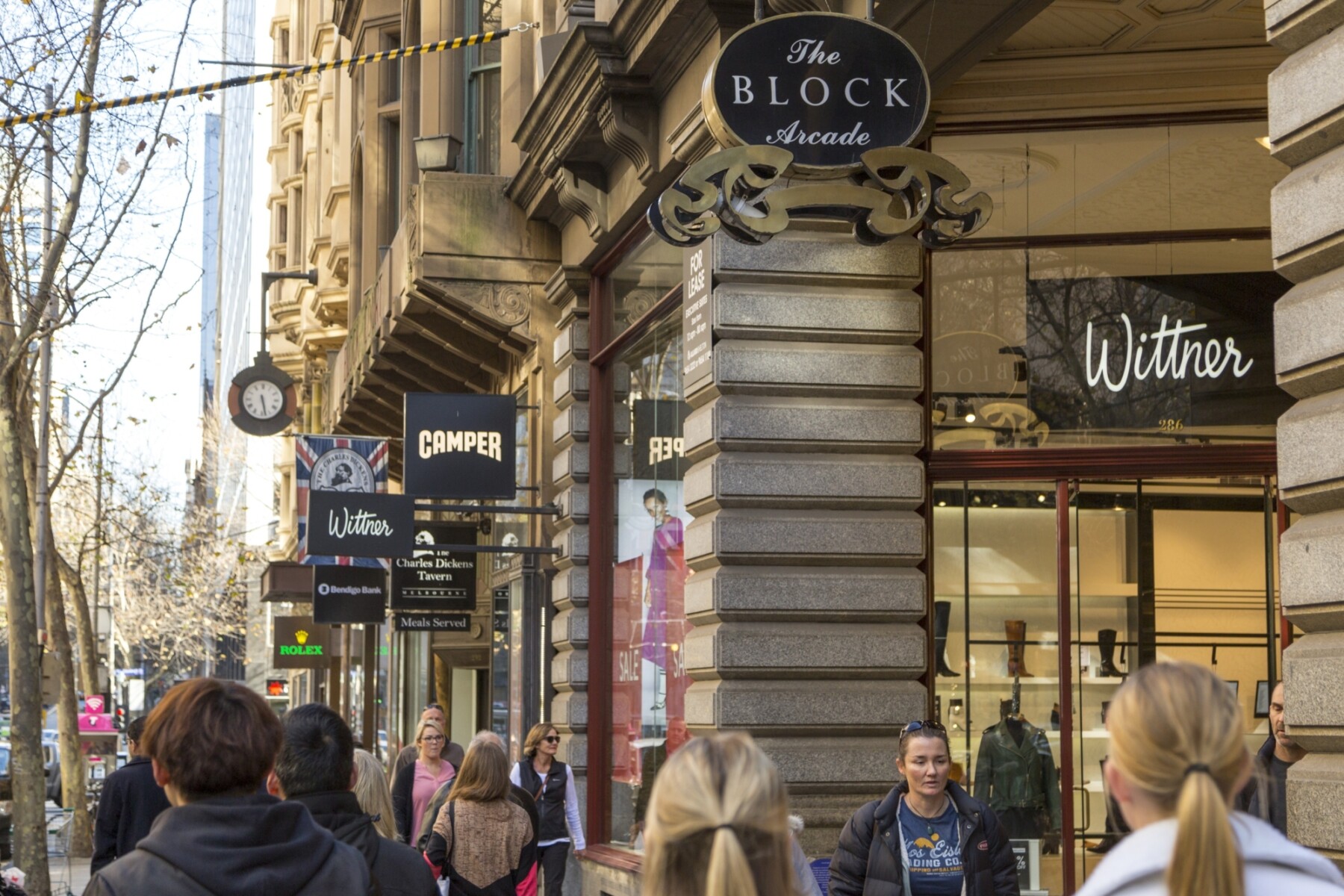Economic backdrop
The Australian economy is set to continue outperforming other industrialised countries. The International Monetary Fund expected Australia to grow by 1.6% in 2023 and is forecasting 1.7% growth over 2024. The Federal Government’s Mid-Year Economic and Fiscal Outlook forecasts 2023/24 GDP growth of 1.75%, increasing to 2.25% in 2024/25 as inflation subsides and household disposable income improves.
Australia’s unemployment rate remains low, at 3.9%.
Economists are broadly predicting interest rates to be at or very close to their peak, with a period of stability ahead into the second half of 2024. The Federal Government’s Mid-Year Economic and Fiscal Outlook showed inflation is expected to fall to 3.75% this financial year, then to 2.75% in the second half of 2024 and into 2025, and then 2.5% in the following two years - the middle of the Reserve Bank of Australia’s target range of 2% to 3%. The most recent data from the Australian Bureau of Statistics showed inflation had come down to 4.1% in November, its lowest level in two years. Predicted further falls in inflation will concurrently see the RBA begin to bring the official cash rate back down into 2025 and 2026.


